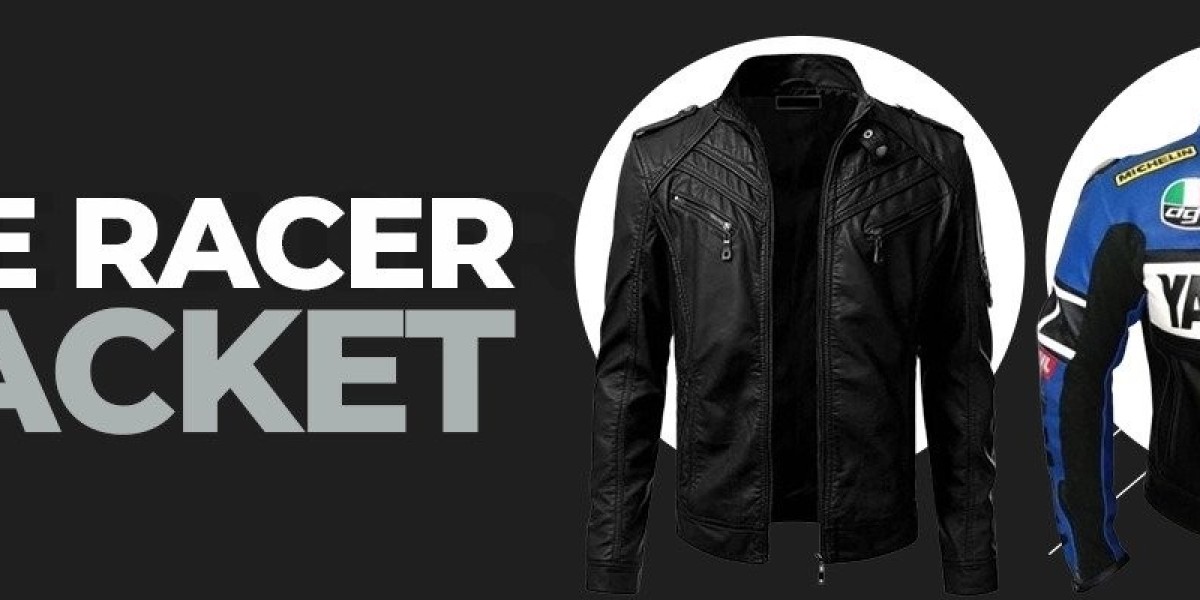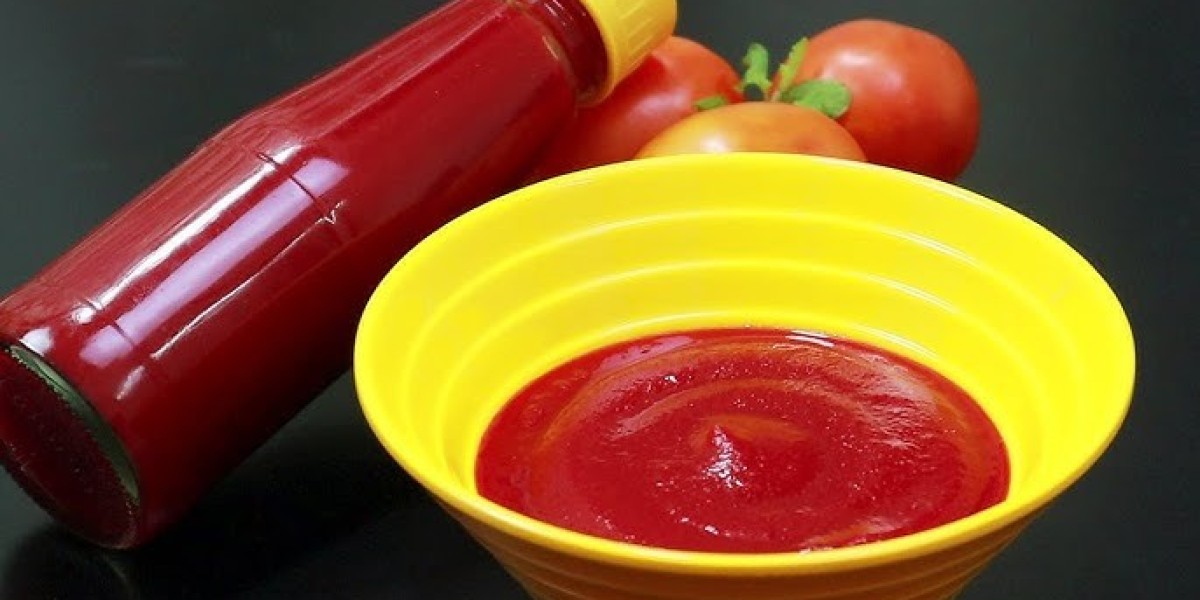Racer jackets, often associated with both motorcycle racing and the edgy, sporty style, are designed for durability, comfort, and style. Whether you’re wearing one for its rugged appeal or its practical use, choosing the right material is essential for both safety and comfort. Here are the 6 best materials for racer jackets, each offering a unique combination of toughness, flexibility, and style.
1. Genuine Leather
Overview:
Genuine leather has long been a staple in the creation of high-performance jackets, particularly for racers. Its natural toughness and timeless aesthetic make it an ideal choice for jackets designed to handle the elements while offering protection and durability.
Why it’s Great for Racer Jackets:
- Durability: Leather provides exceptional protection against abrasions in the event of a fall or crash.
- Breathability: Leather allows your body to breathe while providing insulation in colder weather.
- Classic Look: Leather’s sleek, polished finish gives a classic, timeless look, ideal for a stylish racer aesthetic.
Best For: Riders who want both form and function. Leather jackets are especially great for motorcycle racers or those who want a bold, tough look.
2. Cowhide Leather
Overview:
Cowhide leather is a popular choice for racing jackets due to its durability and strength. It’s thicker and tougher than other types of leather, making it highly protective in high-risk situations.
Why it’s Great for Racer Jackets:
- Extra Durability: Known for being one of the toughest leathers, cowhide resists abrasions and wear better than other leathers.
- Weather Resistance: Cowhide leather performs well in various weather conditions, providing a protective barrier against rain and wind.
- Long-lasting Protection: It’s often used in racing leathers because it can withstand high-stress situations while maintaining its shape and form.
Best For: Serious racers and riders who prioritize maximum protection and durability in their gear.
3. Kangaroo Leather
Overview:
Kangaroo leather is gaining popularity in high-performance racing jackets due to its light weight, flexibility, and strength. Although it’s less common than cowhide, it’s known for offering exceptional performance.
Why it’s Great for Racer Jackets:
- Lightweight: Kangaroo leather is significantly lighter than cowhide, making it ideal for racers looking for comfort without compromising protection.
- Strong and Flexible: Despite being lighter, it’s incredibly strong and flexible, offering enhanced comfort and mobility.
- Breathability: The leather has natural ventilation properties that help keep the rider cool while wearing the jacket.
Best For: Racers looking for a lightweight yet highly durable material that enhances comfort and mobility on the track.
4. Cordura Fabric
Overview:
Cordura is a high-performance, durable synthetic fabric often used in racing and motorcycle jackets for its ability to withstand abrasions and tears. It’s a favorite in sport and adventure jackets.
Why it’s Great for Racer Jackets:
- Abrasion-Resistant: Cordura is known for its resistance to abrasions, making it ideal for use in jackets that need to endure rough conditions.
- Lightweight and Flexible: Unlike leather, Cordura is light and allows for full mobility without sacrificing durability.
- Weather-Resistant: It’s often treated to be water-resistant, making it an excellent choice for varying weather conditions.
Best For: Riders who want the durability of leather with the lightweight flexibility of fabric. Ideal for racing in warmer climates.
5. Armored Textile
Overview:
Armored textile jackets are designed specifically with protection in mind. These jackets are made of fabrics like nylon, polyester, or Cordura, combined with armor inserts that protect critical areas such as the shoulders, elbows, and back.
Why it’s Great for Racer Jackets:
- Enhanced Protection: Textile jackets can include integrated armor, which provides better protection in high-risk racing environments.
- Breathability: Textile jackets are often more breathable than leather, making them ideal for warmer weather or those who need extra ventilation.
- Customization: Textile jackets offer more flexibility when it comes to design and customization, including removable linings or modular armor.
Best For: Riders who need maximum protection and comfort, especially for street racing or track events.
6. Perforated Leather
Overview:
Perforated leather is leather that has small holes or perforations punched into it, allowing for increased airflow and breathability. It’s commonly used in jackets designed for racing or hot climates.
Why it’s Great for Racer Jackets:
- Breathability: The perforations allow for superior ventilation, keeping the rider cooler during intense physical activity or hot weather.
- Durable and Stylish: Offers all the benefits of traditional leather with the added benefit of airflow, making it a great option for racers in warmer climates.
- Flexibility: Perforated leather is often used in combination with other materials, such as mesh, to balance flexibility with protection.
Best For: Racers who need a jacket that will keep them cool during high-intensity events or racing in hot weather.
Final Thoughts
The material you choose for a cafe racer jackets will depend on your specific needs as a rider, whether you’re looking for maximum protection, lightweight comfort, or breathability. Each of the materials listed above — from durable cowhide and kangaroo leather to lightweight Cordura and perforated leather — has its unique advantages. By selecting the right material for your racing jacket, you ensure a balance between performance, safety, and style.
Whether you’re hitting the track or cruising the streets, the right jacket material can make all the difference in your ride.



